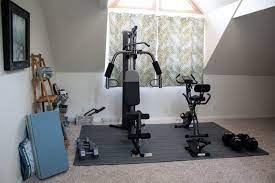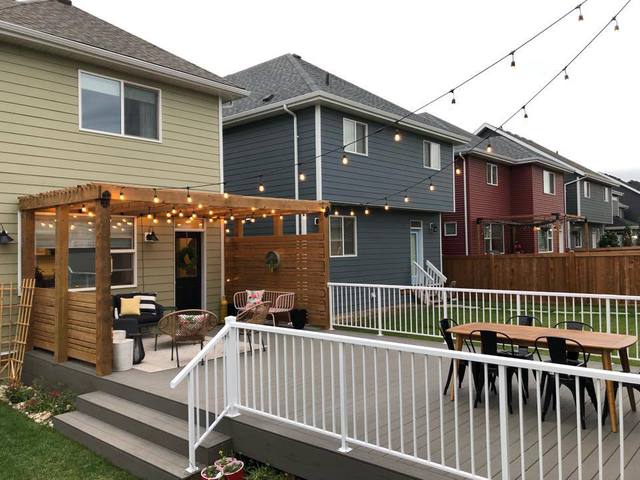Bathroom lighting is often overlooked when it comes to interior design and renovation projects. However, it plays a crucial role in creating a functional and aesthetically pleasing space. Proper lighting can enhance the ambiance, highlight key features, and improve overall usability. In this article, we’ll explore various aspects of bathroom lighting design, from understanding different types of lighting to choosing the right fixtures and installation tips.
Introduction to Bathroom Lighting Design
The lighting in your bathroom sets the tone for the entire space. Whether you’re getting ready for the day ahead or unwinding after a long day, the right lighting can make all the difference. Bathroom lighting design encompasses a range of elements, including fixture selection, placement, and ambiance creation.
Importance of Proper Lighting in the Bathroom
Proper lighting in the bathroom is essential for several reasons. Firstly, it ensures adequate visibility for tasks such as grooming, applying makeup, or shaving. Secondly, good lighting can enhance the overall atmosphere of the bathroom, making it feel inviting and comfortable. Lastly, strategic lighting design can highlight architectural features or design elements, adding visual interest to the space.
Understanding Different Types of Lighting
When designing a lighting scheme for your bathroom, it’s important to consider the different types of lighting available:
Natural Lighting
Natural light can make a significant difference in any room, including the bathroom. Maximizing natural light through windows or skylights can help reduce the need for artificial lighting during the day and create a bright, airy atmosphere.
Ambient Lighting
Ambient lighting provides overall illumination and sets the mood in the bathroom. It typically comes from overhead fixtures such as flush mounts, recessed lights, or chandeliers.
Task Lighting
Task lighting is focused on specific areas where activities like grooming or reading take place. Examples include vanity lights, sconces, or adjustable wall-mounted fixtures placed near mirrors.
Accent Lighting
Accent lighting is used to highlight architectural features, artwork, or decorative elements in the bathroom. It can include spotlights, track lighting, or LED strips strategically placed to draw attention to focal points.
Factors to Consider When Designing Bathroom Lighting
Several factors should be taken into account when designing the lighting for your bathroom:
Bathroom Size and Layout
The size and layout of your bathroom will influence the type and placement of lighting fixtures. Larger bathrooms may require multiple light sources to ensure even illumination, while smaller spaces may benefit from more focused lighting.
User Preferences
Consider the preferences and needs of the individuals using the bathroom. For example, adjustable lighting fixtures may be beneficial for households with varying preferences for brightness levels.
Energy Efficiency
Opt for energy-efficient lighting options such as LED bulbs or fixtures with built-in motion sensors or timers to reduce energy consumption and lower utility bills.
Safety Measures
Ensure that all lighting fixtures installed in the bathroom are rated for use in wet or damp environments to prevent accidents and ensure user safety.
Choosing the Right Light Fixtures
Selecting the right light fixtures is key to achieving the desired lighting effect in your bathroom:
Overhead Lighting Options
Consider installing overhead fixtures such as flush mounts or semi-flush mounts for general illumination. These fixtures should be bright enough to evenly light the entire space.
Vanity Lighting Choices
Vanity lighting is crucial for tasks like applying makeup or shaving. Opt for fixtures that provide even, shadow-free illumination on either side of the mirror to eliminate glare and ensure accurate reflection.
Shower and Tub Lighting
Incorporate waterproof lighting options such as recessed lights or waterproof LED strips in the shower or tub area to enhance safety and visibility.
Placement and Installation Tips
Proper placement and installation of lighting fixtures are essential for optimal functionality and aesthetics:
Ideal Placement for Different Fixtures
Position overhead fixtures in the center of the room for even distribution of light. Vanity lights should be mounted at eye level on either side of the mirror to minimize shadows.
Height Considerations
Ensure that fixtures are installed at the appropriate height to avoid glare and provide adequate clearance for tall individuals.
Wiring and Electrical Considerations
If installing new fixtures or rewiring existing ones, enlist the help of a qualified electrician to ensure compliance with building codes and safety standards.
Design Trends and Inspirations
Explore the latest design trends and inspirations for bathroom lighting:
Modern Minimalist Designs
Sleek, minimalist fixtures in brushed metal finishes are popular choices for contemporary bathrooms. Look for fixtures with clean lines and geometric shapes to complement modern decor.
Vintage and Retro Styles
Bring a touch of nostalgia to your bathroom with vintage-inspired lighting fixtures such as Edison bulbs, brass sconces, or art deco chandeliers.
Smart Lighting Solutions
Embrace the convenience of smart lighting technology with fixtures that can be controlled remotely via smartphone or voice commands. Adjust brightness levels, color temperature, and even set schedules for automated lighting sequences.
DIY vs. Professional Installation
Consider the pros and cons of DIY installation versus hiring a professional:
Pros and Cons of DIY Installation
DIY installation can save money upfront but may result in subpar results if not done correctly. It also requires a certain level of expertise and knowledge of electrical systems.
Benefits of Hiring a Professional
Hiring a professional ensures that lighting fixtures are installed safely and correctly, reducing the risk of electrical hazards or damage to the fixtures. Professionals can also offer valuable advice on fixture selection and placement.
Maintenance and Upkeep Tips
Keep your bathroom lighting fixtures looking and performing their best with regular maintenance:
Cleaning Light Fixtures
Clean light fixtures regularly to remove dust, dirt, and grime buildup. Use a soft cloth and mild detergent to gently wipe down fixtures, taking care not to damage delicate surfaces or finishes.
Replacing Bulbs
Monitor the lifespan of light bulbs and replace them promptly when they start to dim or flicker. Opt for energy-efficient LED bulbs that last longer and consume less energy than traditional incandescent or fluorescent bulbs.
Upgrading Lighting Systems
Consider upgrading your lighting system to take advantage of new technologies or improve energy efficiency. Consult with a lighting specialist to explore options such as dimmer switches, motion sensors, or smart lighting controls.
Conclusion
Bathroom lighting design is a crucial aspect of creating a functional and visually appealing space. By understanding the different types of lighting, choosing the right fixtures, and paying attention to placement and installation, you can transform your bathroom into a well-lit oasis of relaxation and rejuvenation.



